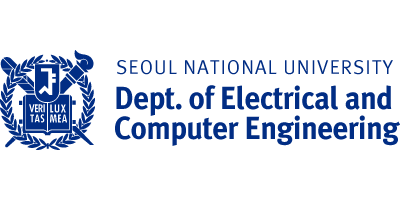Prof. Byoungho Lee, We must aim for a convergence of online and offline (Maeil Business Newspaper, 2021.01.26.)
CES, which previously covered 200,000 square meters of ground, was held online allowing easy access, but had limitations in not being able to put on / verify
Number of participants in online conferences and lectures increased, but the efficiency is low
COVID 19 has transformed various aspects of our society. One is the acceleration of digitalization. Satya Nadella, the CEO of Microsoft, said last May, “We have seen two years worth of digital transformation in two months.”
Recently, CES, the world’s largest consumer electronics and information technology fair, has successfully been held online. There has been active media coverage of the technologies introduced during CES. Korean companies such as Samsung and LG collected various technological innovation awards. These screenings are a rigorous process in which a lot of paperwork is submitted and evaluated. On the other hand, there were self-made promotional videos submitted as online exhibition material from about two thousand exhibitors and institutions. In past CES fairs held offline in Las Vegas, people were able to scrutinize the exhibited devices and put them on to check whether there were any defects in performance or uncomfortable aspects. They could see for themselves whether specifications presented by the company were met. Online exhibitions had limitations in the verification of the information provided by the companies. There was even suspicion that a foreign company had modified past exhibition photos from Korea’s major companies. It was exhausting to look around all the exhibitions covering 200,0000 square meters of ground in last year’s CES where 180,000 people participated. To have a thorough look in everything was nearly impossible physically. On the other hand, with the online CES, you could log in at your leisure and look up companies in the category of your interest, but there were certain limitations as discussed.
In conferences and universities, evaluations and discussions on digitalization is a heartily discussed issue due to current circumstances. The Society of Photo-Optical Instrumentation Engineers (SPIE), the world’s largest conference in the area of optical technology, held all of its conferences online last year. Both presenters and participants were allowed to watch conference presentation videos at a time of their convenience without charge. The number of participants increased, but the actual view count per video fell short of expectations. People registered as it was free, but did not actually look into the academic presentation material. Several reasons were pointed out. There was a drop in interest due to the loss of the conference’s role as a place to meet people in person, have discussions, and to form bonds. Also, it was difficult for people to take the time to access the website while working at their workplaces as usual and without taking a leave for business.
Online lectures at universities also have both shortcomings and benefits. During real-time video lectures, it is not possible to know whether students are focusing on something else on their laptops. For pre-recorded videos, students may watch at a time of their choosing, but if they lack enthusiasm in their studies, they may not be attentive when watching the lecture.
Whether it comes to exhibitions, conferences, or lectures, digitalization has limitations as it lacks the advantages of meeting face to face. However, it is clearly a valuable tool in overcoming the borders of space and time and increasing the number of participants. I imagine that after COVID 19, a hybrid of the two will eventually take its place as the correct direction in which to move forward. The important thing is to deliberate on what is the best and most effective manner of combining the two for people.
Source: http://ee.snu.ac.kr/community/news?bm=v&bbsidx=50923
Translated by: Jee Hyun Lee, English Editor of Department of Electrical and Computer Engineering, jlee621@snu.ac.kr


